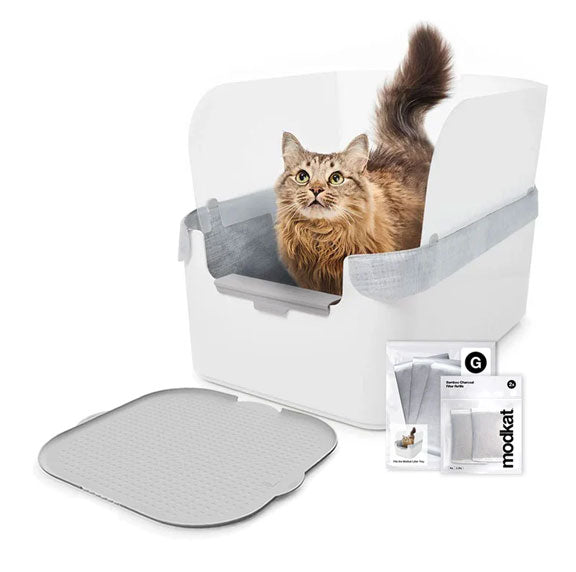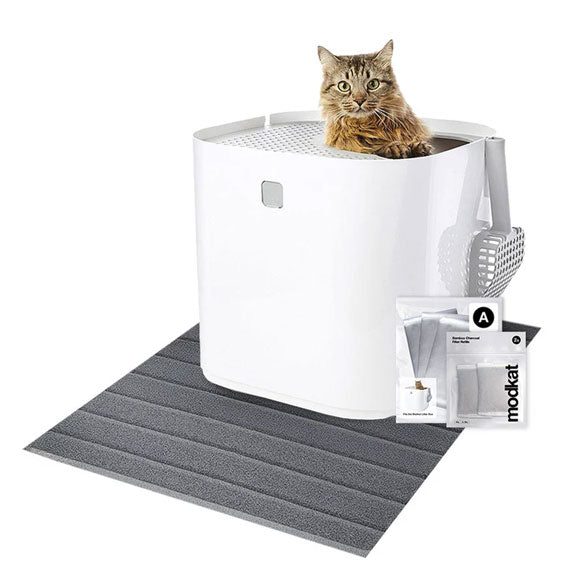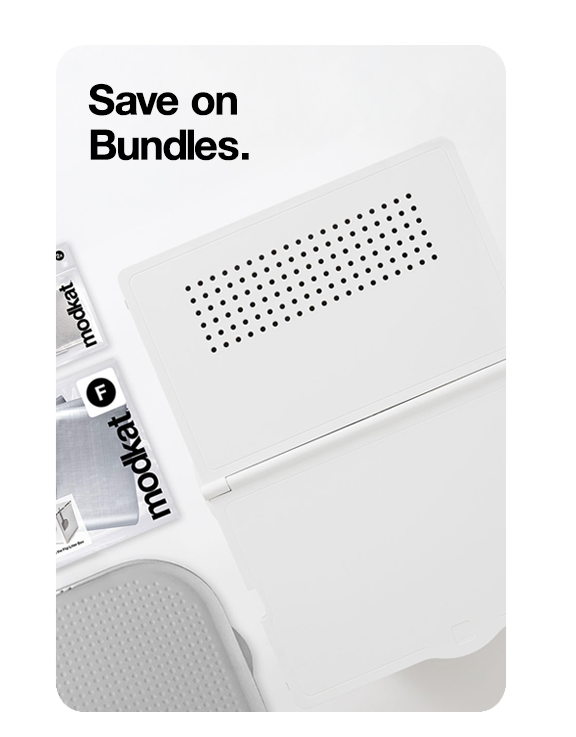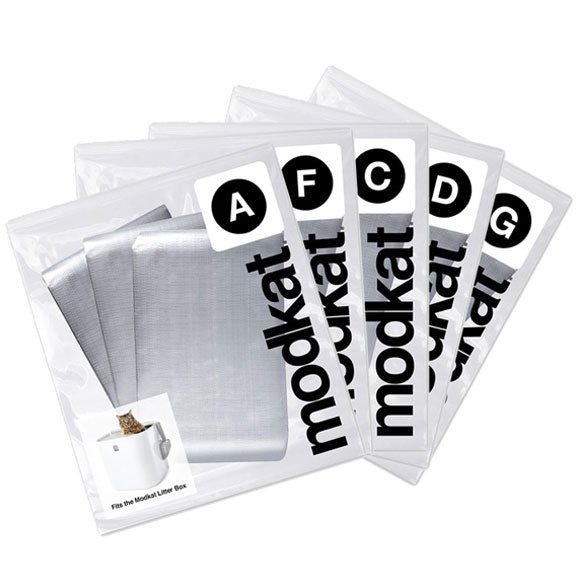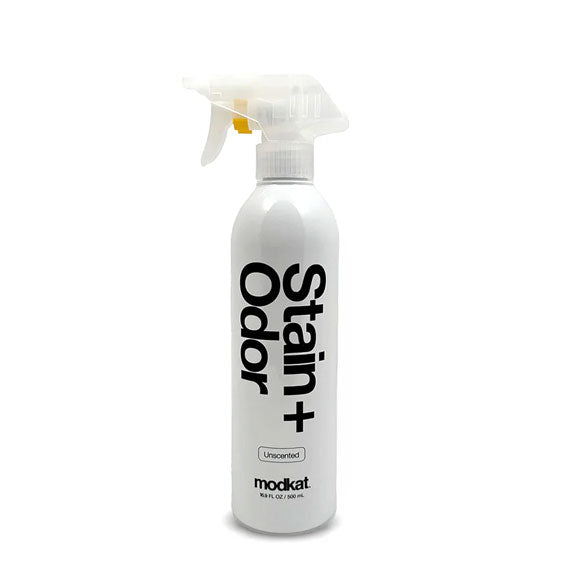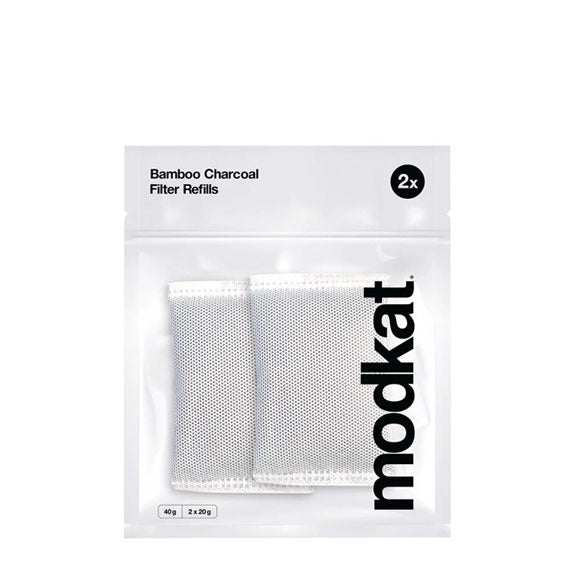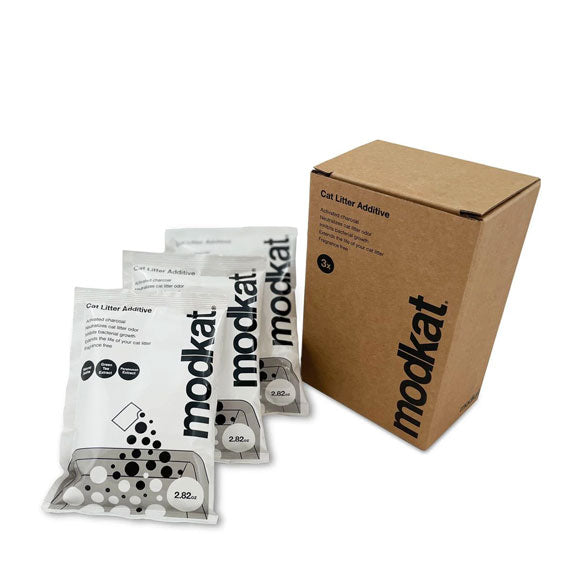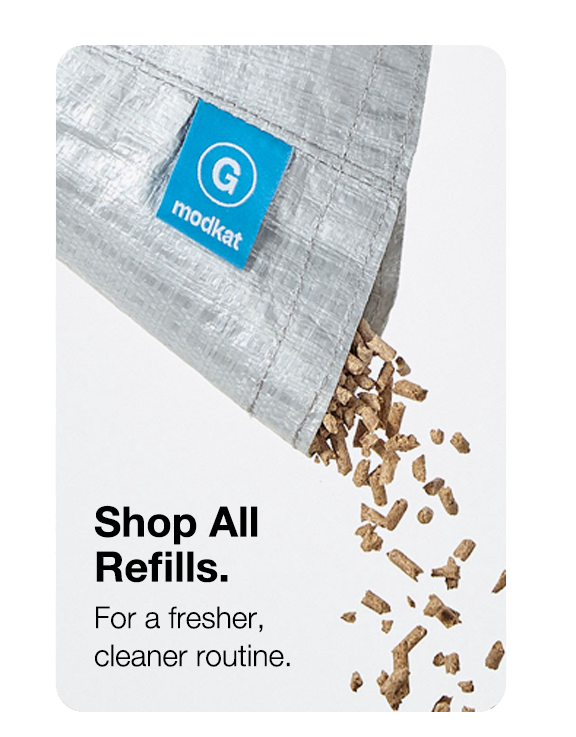20% off sitewide. Discount automatically applied.
20% off sitewide. Discount automatically applied.
Litter Boxes
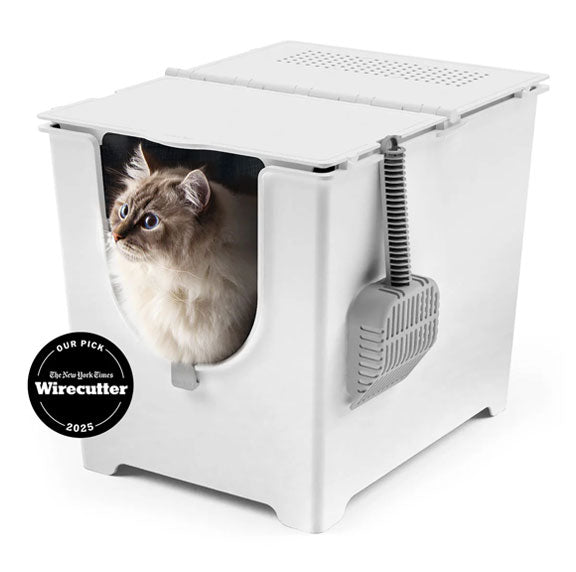
Modkat Flip
Front-Entry Litter Box

Modkat XL
Front/Top-Entry Litter Box
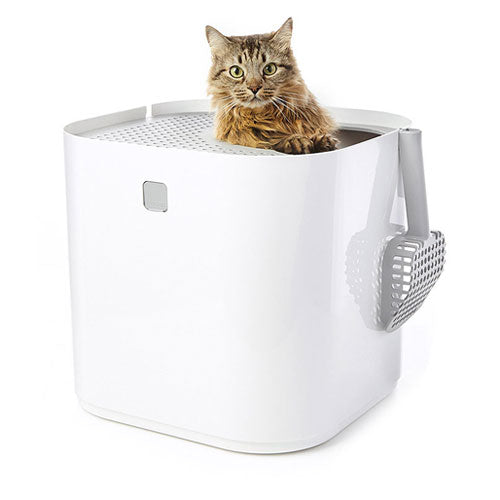
Modkat
Top-Entry Litter Box
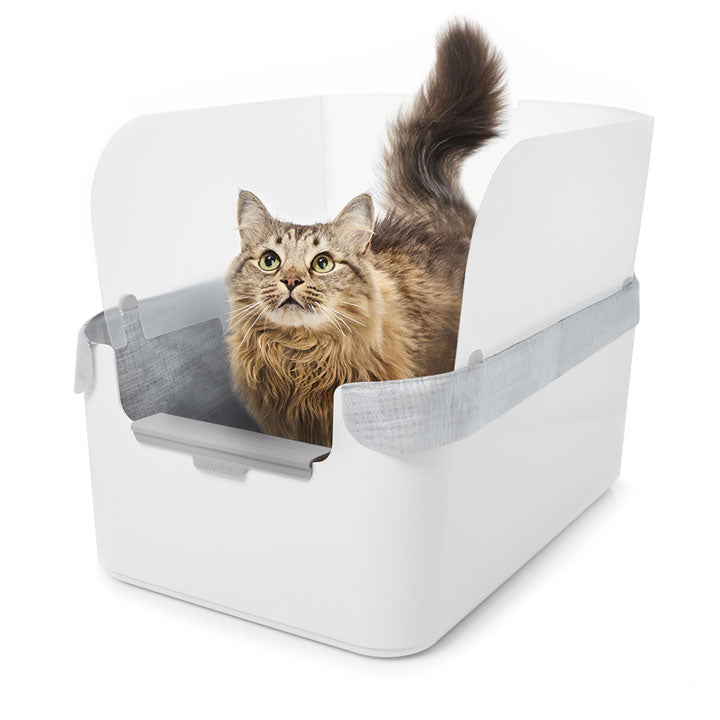
Modkat Tray
Open Litter Box
Bundles
Essentials

Litter Keeper
Two colors
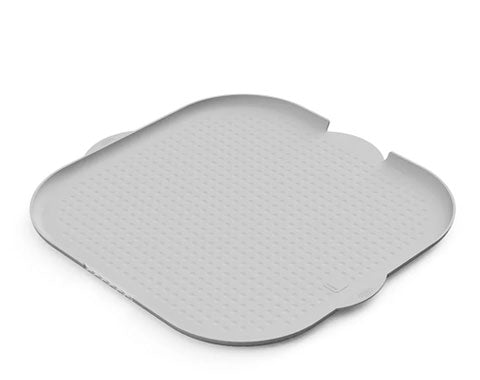
Litter Mats
Multiple styles, colors & sizes
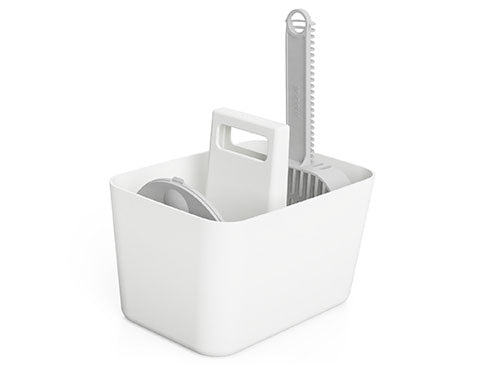
Tidy-Up Kit
Scoop holder & dustpan
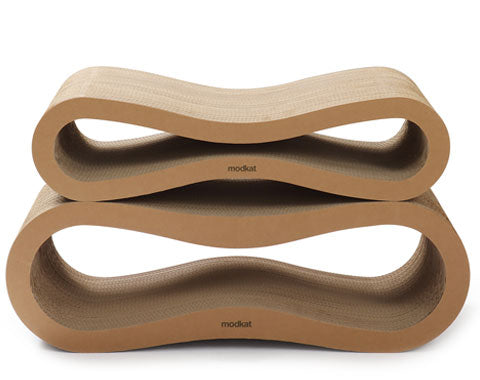
Lounge + Play
Scratchers & toys
Refills
Add description, images, menus and links to your mega menu
A column with no settings can be used as a spacer
Link to your collections, sales and even external links
Add up to five columns
Add description, images, menus and links to your mega menu
A column with no settings can be used as a spacer
Link to your collections, sales and even external links
Add up to five columns
Toe beans 101: How to keep your cat’s paws healthy.
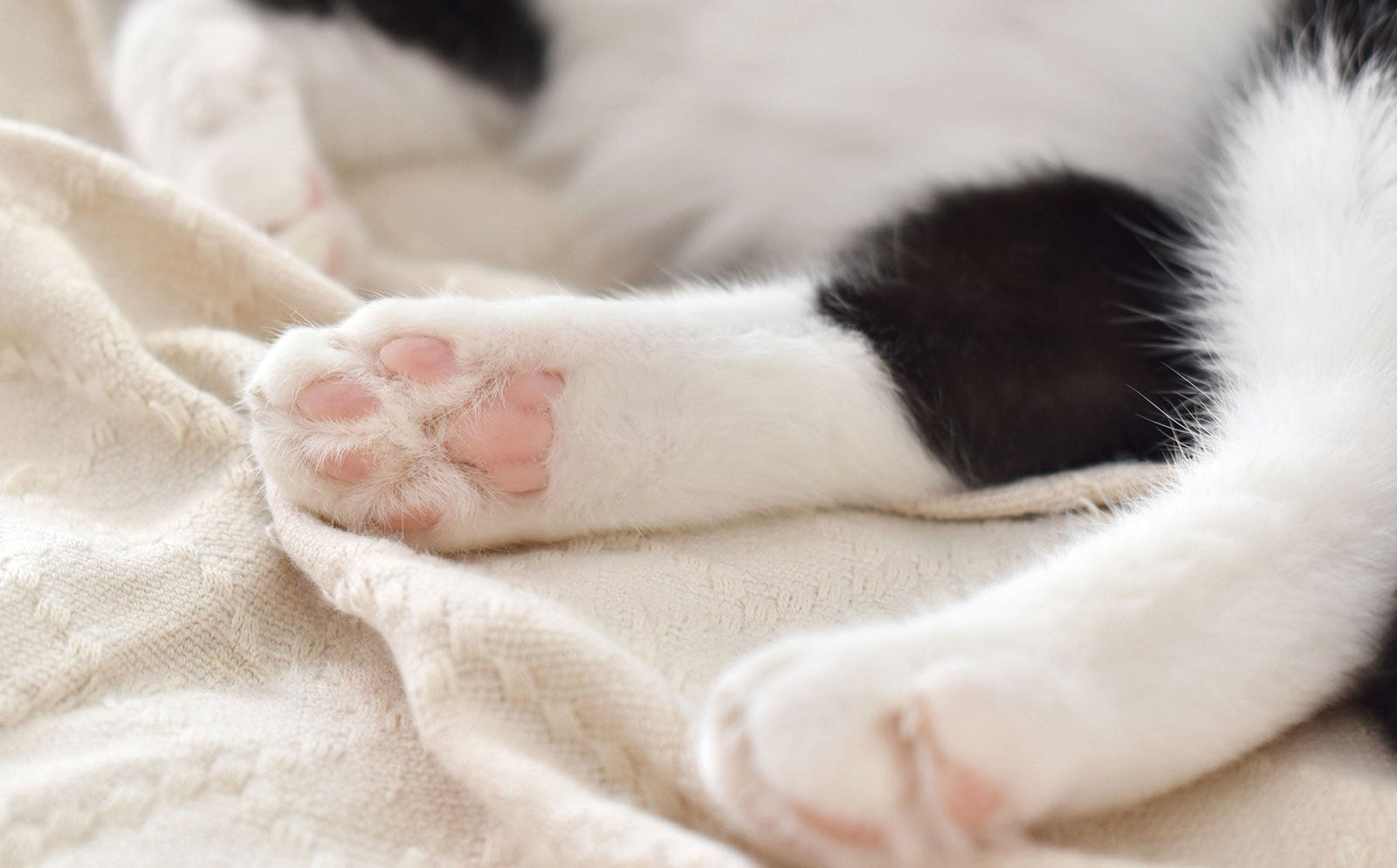
Every cat parent knows: those tiny paws are more than just cute. From their fluffy cheeks to their jellybean-like toes, cats are packed with charm, but few features are as beloved (or as important) as their toe beans.
These soft pads aren’t just adorable, they’re essential for mobility, play, and overall cat health. Keeping your cat’s paws clean and cared for is key to helping them scratch, climb, and explore comfortably.
Toe beans, explained: what are cat paw pads, really?
Technically called digital pads, cat toe beans are the small, squishy cushions at the bottom of your cat’s paws. Most cats have 18 total — five on each front paw and four on each back — and they come in a variety of colors and textures, from smooth and pink to black and fuzzy. Beyond being photogenic, toe beans help with traction, balance, and scent marking, making them one of the most functional (and loveable) parts of your cat’s anatomy.
So, how many toe beans do cats have?
Typically, cats have five toes on their front paws and four on their back paws, resulting in a total of 18 toe beans. A polydactyl cat — like one of Ernest Hemingway's famous five-toed beauties on Key West — can have up to four extra toe beans, 22 in all.
What are toe beans good for?
These pads aren't just yummy and sweet. They actually serve several purposes, including providing cushioning when walking or jumping, gripping surfaces for stability, and even releasing scent marks when they scratch. Yes, cats actually have scent glands tucked between their pads, and they use these to signal their territorial boundaries to other cats.
Overall, cat-toe beans are an essential part of your feline friend's anatomy and should be taken care of to keep them healthy.
Seven common paw problems in cats.
Cats' paws are important parts of their anatomy, allowing them to walk, climb, scratch, and play. However, they can also be prone to a variety of problems that can cause discomfort and pain.
Some of the most common paw problems in cats include:
- Cuts and scratches: Cats love to play and explore, which means they can easily get cuts and scratches on their paws from rough surfaces, sharp objects, or other animals. If you spot a scratch, clean the wound with cold water. Then, you may need to use tweezers to remove any debris. Finally, add a bandage if necessary to control bleeding.
- Paw infections: If a cut or scratch on your cat's paw is left untreated, it can become infected and cause swelling, pain, and even fever. A cat-friendly vet can prescribe an oral or topical antibiotic to help fight the infection.
- Ingrown nails: Cats' nails grow constantly, and if they are not trimmed regularly, they can grow too long and curl into the paw pad, causing pain and infection. If your cat does get an ingrown toenail, you can clip around the area, draw the nail out with a pair of tweezers, and put a bandage on the paw — or you can take your friend to the vet and let a pro do the job.
- Dry, cracked paws: Exposure to hot or cold weather, rough surfaces, or certain chemicals can cause your cat's paw pads to become dry and cracked. Try moisturizing them with olive oil, coconut oil, or another food-quality oil that's safe for your cat to lick.
- Swollen paws: Sometimes, a cat's paw will swell up due to a virus or allergy, a condition known as pododermatitis. Your family vet can usually treat the condition with an antihistamine or a steroid. They may also recommend a change of diet.
- Feline plasma cell pododermatitis: Also called pillow foot, feline plasma cell pododermatitis is an idiopathic infection that causes swelling. It happens when a heavy concentration of plasma cells infiltrates the paw pads. Vets usually treat feline plasma cell pododermatitis with doxycycline.
-
Paw injuries: Cats may also act differently when they are in pain, such as hiding, being more vocal, or acting more aggressively. If you suspect that your cat has hurt their paw, you should look for signs such as limping, licking, or biting at the affected paw, swelling, or sensitivity to touch.
To prevent or treat paw problems in cats, it is important to provide proper care and maintenance. This includes keeping your cat's nails trimmed, checking their paws for cuts and infections, and moisturizing dry or cracked paw pads. With regular attention to your cat's paw health, you can help them stay happy and healthy.
Tips for keeping your cat's paws healthy.
Taking care of your cat's paws is essential to keep your furry friend healthy and happy. Maintain your cat's paw health with these five tips for paw care.
Check your cat's toe beans.
If your cat isn't used to having its paws handled, it will need some time to get used to the procedure. Try touching, holding, or massaging your cat's paws while you cuddle with them. Once your cat is comfortable with you handling its feet, make sure to regularly examine your cat's paw pads, especially the toe beans. Look for sores, scratches, or debris, and treat what you find accordingly.
Wash and dry the toe beans.
It's important to clean your cat's paws, especially if they're an outdoor cat or tend to get into dirt or other debris. To wash your cat's toe beans, use lukewarm water and perhaps a mild soap. Avoid getting water into the ear canal, nose, or mouth. After washing, make sure to dry your cat's paws thoroughly, including the toe beans.
Trim your cat's nails.
Before we even start on this topic, it's important to say this upfront: Don't declaw your cat. Declawing can cause paw pain, nerve damage, back pain, and even lameness. At least 42 countries have banned the practice.
While declawing is a definite problem, trimming your cat's nails is crucial for their paw health. Overgrown nails can cause pain, discomfort, and even infection. You can either do this at home or visit a professional groomer or vet. If you're trying nail clipping at home, use a sharp and specialized clipper to avoid injuring your cat's paws.
Choose the right litter.
Your cat's litter can also affect its paw health. Some litters are too rough or sharp and can irritate or even injure your cat's paws. Choose a soft and gentle litter that won't hurt your cat's paws, such as unscented, clumping litter made from all-natural materials.
Use a litter mat.
A litter box mat constructed from a soft, natural material not only prevents litter tracking, but it also helps protect your cat's paws from possible injury. Tiny litter pebbles can get stuck in your pet's paws, rubbing and irritating the toe beans. A high-quality litter mat can remove litter from paws before it becomes a problem.
FAQs about regular toe bean maintenance.
Why check your cat's toe beans? As a cat parent, you might wonder why maintaining your kitty's paw health is essential. The answer is simple - paw health is crucial for your cat's overall well-being. Regular maintenance is essential to keep your cat's paw pads healthy. This includes checking for signs of injury, trimming nails, cleaning paw pads and toe beans, and using the right litter.
Can paw injuries or conditions affect a cat's behavior? Yes! A cat with paw problems may become less active, have trouble climbing or jumping, and exhibit signs of pain or discomfort. To avoid such scenarios, you should regularly check your cat's toe beans and its claws for any issues.
How can paw health affect your cat's balance and stability? Cats have four toe beans on each front paw and five toe beans on each hind paw. Each toe bean is like a tiny pad that provides traction and balance. Therefore, keeping your cat's toe beans healthy and clean can improve their agility and overall mobility.
How does diet affect a cat's paw pads? Cat-toe beans with no fur or dry toe beans cat can indicate a lack of hydration or a nutrient deficiency. By maintaining your cat's paw health, you can ensure that they are getting proper nutrition and hydration, which can prevent other health issues.
In conclusion, keeping your cat's paws healthy and happy is crucial for their overall well-being. Whether it's regularly inspecting and cleaning their toe beans, ensuring their paws are properly moisturized, or taking steps to prevent common paw problems, every effort you make will help your furry friend feel more comfortable and content.
So next time you snuggle up with your cat, take a moment to appreciate those adorable toe beans — after all, with the average cat having 18 toe beans, they're an important and unique part of our feline companions. By taking care of them, you're helping your cat live their best life!
Keep your cat’s paws healthy and happy with the best litter boxes, litter mats, scratchpads, and more from Modkat!
“It looks nicer than any other hooded or open option we considered.”

Categories
Meow from Brooklyn.
Sign up and get early access to product drops, exclusive offers, and the occasional cat meme.
Similar products related to this blog:
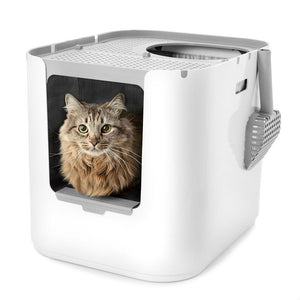
"It looks nicer than any other hooded or open option we considered."

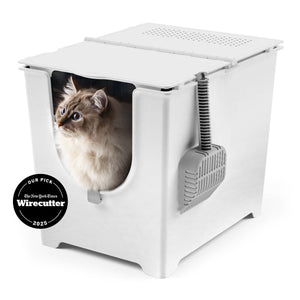
"This litter box keeps everything in, nothing gets out the sides."

"My beautiful ragdoll cat and I both love the new Modkat Litter tray!"


